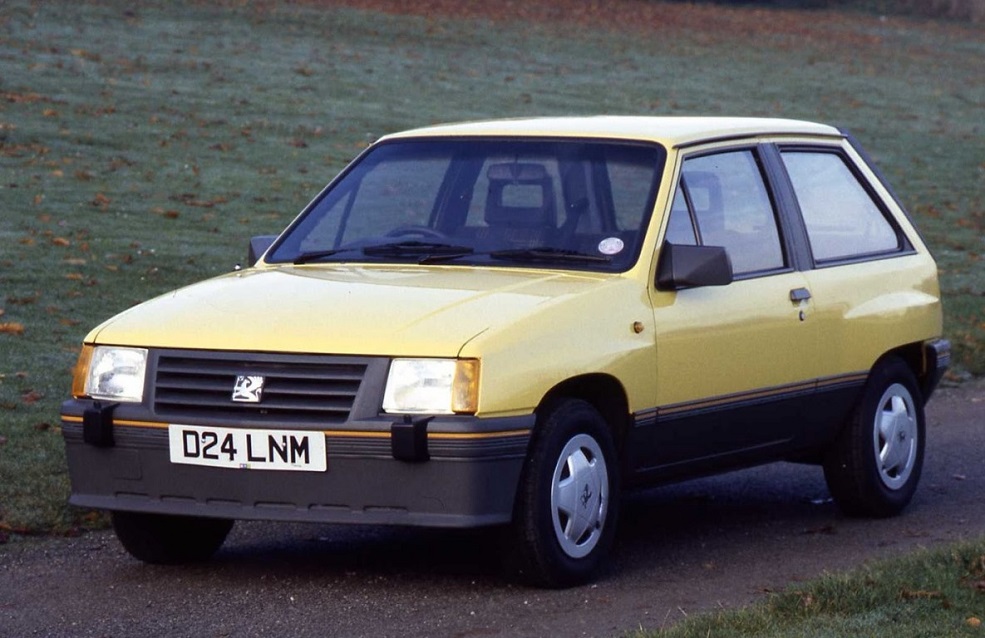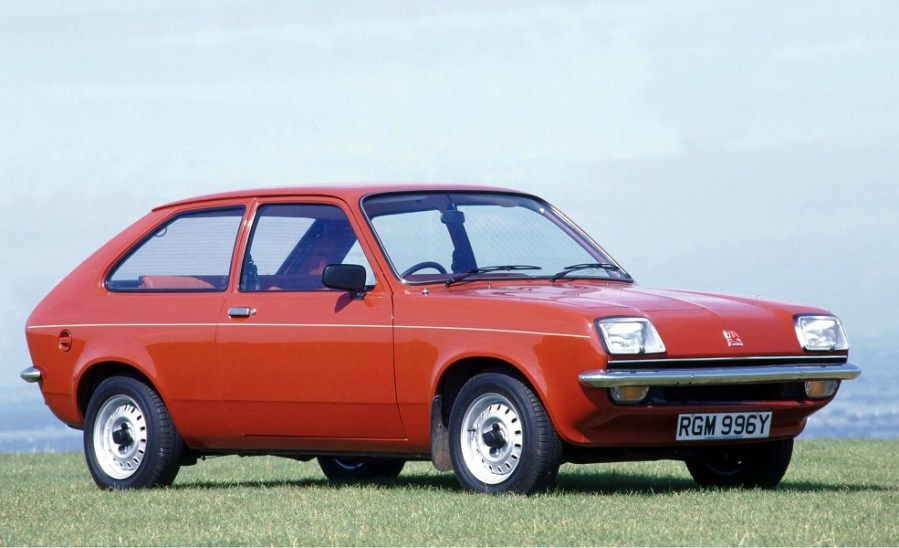These Vauxhall hatchbacks were a vital part of the brand’s past successes and today offer a great entry point to classic hatchback ownership
Words: Paul Jackson
Vauxhall Chevette (1975-1984)
The Vauxhall Chevette is unlike the other Vauxhall hatchacks featured here, set apart by its rear-wheel drive layout and availability as two- and four-door saloons, and a three-door estate. In regular three-door hatchback guise, the Chevette was about the same size and price as rivals like the Fiat 127, Renault 5 and (from 1977) the Ford Fiesta, appealing to buyers not convinced by the merits of front-wheel drive. It was successful too, with over 415,000 sold.
We’ll ignore the rally-inspired HS here and concentrate instead on the regular versions, each of which came with Vauxhall’s 1256cc ex-Viva engine and a variety of trim levels. Estates are rare now but the hatch is the most commonplace; there are still some great buys out there, with prices of roadworthy but cosmetically challenged cars starting at attainable prices.

Vauxhall Nova (1983-1993)
Although the two Vauxhall hatchbacks overlapped, the Nova (or Opel Corsa in Europe) was essentially the replacement for the Chevette, finally offering front-wheel drive and a wider range of engine options. Three- and five-door hatches were the most popular, although two- and four-door saloons were also offered. As with many of the superminis of the 1980s, the Nova now has a following among younger enthusiasts in particular.
This means prices have risen since the Nova moved from ‘old car’ to ‘modern classic’ status a few years ago, with roadworthy examples no longer available for just a few hundred pounds.
Find an example of a sporty Nova (either an SR or SRi, or the ultimate 1.6-litre GTE) and you’ll need deeper pockets. Expect to pay serious money (a high four-figure sum most likely) for an extremely smart survivor that didn’t suffer at the hands of 1990s modifiers.
A standard-spec Nova that might have been less than £1000 a decade ago will have doubled or even tripled in value if still in excellent condition, and even over the last five years we’ve seen more upward movement. However, compared with a similar-age Mk2 Fiesta, the Nova is still good value.

Vauxhall Corsa ‘B’ (1993-2000)
After the angular Nova came the curvaceous Vauxhall Corsa, which finally saw the brand’s supermini adopting the same model name as its Opel cousin. So, just to add to the confusion, the first-generation Vauxhall Corsa was actually the second-generation Opel Corsa, hence its Corsa ‘B’ designation. The new car was a very competitive supermini in its day, selling strongly right up until the start of the new millennium. It follows, therefore, that the Corsa B could be considered the next model to be considered a classic Vauxhall.
The Corsa came with a choice of three- or five-door hatchback body styles, the latter being longer and more spacious. Any version is a decent drive, though things get even more interesting with those using the 16-valve version of Vauxhall’s 1.4-litre engine. However, most Corsa models came with 1.2-litre power and are still quick enough for most buyers’ needs.
Unlike the confirmed-classic Nova, the Corsa can still be found at bargain-basement prices. Increase your budget and you should be able to get a well-presented survivor, while any Corsa ‘B’ priced at £2000 or more should be one of the very best. With the first Vauxhall Corsa not yet making much headway as a modern classic, it remains one of the best-value superminis of its age – values have remained unchanged over the last five or ten years.






